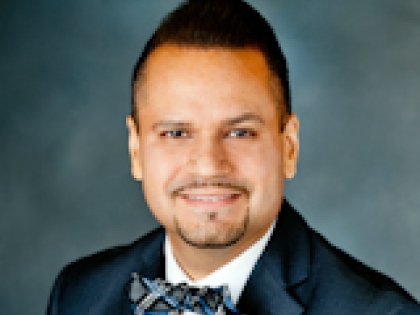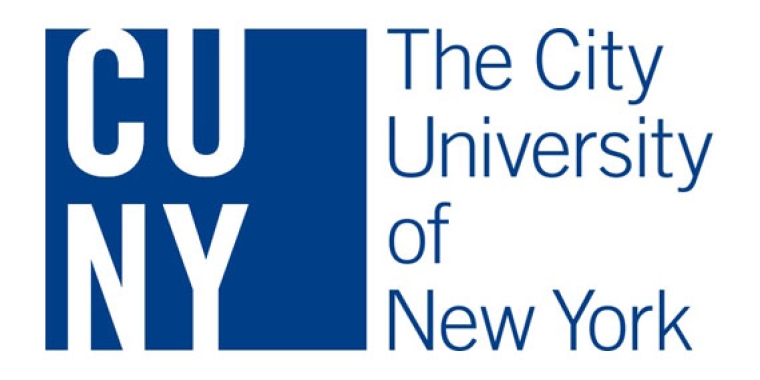
Democrats also asking for more transparency in stimulus spending (Legislative Gazette)
By KATRINA KIELTYKA
Legislative Gazette Staff Writer
CLICK HERE for article on Legislative Gazette website
Mon, May 11, 2009
Elected officials at the state and city level, along with government watchdog groups, called on Gov. David A. Paterson last Tuesday to take steps necessary to ensure transparency in the allocation and spending of federal stimulus money.
At a press conference, Democrats Sen. Jose Serrano of the Bronx and Assemblyman Michael Gianaris of Queens set a different tone to the ongoing discussion of the governor’s handling of stimulus money matters than the Senate Republicans, who recently criticized Paterson for a lack of accountability. The two Democrats instead praised Paterson for his ability to secure $24.6 billion in stimulus dollars for New York but said the governor could go further in establishing a model of accountability and improving citizens’ ability to understand where their tax dollars are going.
The legislators were joined by Chris Keeley, associate director of Common Cause/New York, and Russ Haven, legislative counsel to the New York Public Interest Research Group.
Serrano said Paterson has a “keen understanding of how we’re going to survive the economic crisis that we’ re in right now, and we also believe he has the tools we’ll need to emerge from this crisis going forward.” He said, “One of the major tools is transparency, and today we offer recommendations on how to sharpen that tool.”
Serrano, Gianaris, Keeley and Haven, 16 other senators, 16 Assembly members and 17 members of the New York City Council sent Paterson letters outlining proposals to ensure that tool of transparency does not remain blunt. In the letters, they call on the governor to: establish an independent inspector general to conduct reviews and audits of stimulus spending, create a more participatory decision-making process when reviewing applications for stimulus allocations and expand online information about spending in order to help the public track where its tax dollars are going.
“What’s at stake here is not just funding, but also the role of government and the best ways to inspire confidence in that role,” said Serrano. “I don’t want my constituents to have one iota of doubt or concern about how their stimulus dollars are being spent.”
He also noted that while Web sites featuring information on stimulus fund spending, such as Paterson’s www.recovery.gov and the New York City Council’s stimulus tracker on www.nyc.gov, are useful, there’s still a “glut of unrefined information spread across too many Web sites.”
Haven agreed, saying the public needs “one-stop shopping” when it comes to getting stimulus information. “There needs to be some value added to data,” he said, ‘because huge dumps of data … mean that virtually no one can understand it.”
Since “the potential for fraud and abuse when you’re talking about $24 billion dollars moving through the system quickly is enormous,” Haven said, people should be able to “feel their tax dollars are being spent wisely and that they have some say in it, but also make sure that this money goes exactly for the purpose it’s intended for.”
Keeley said to deter fraud and wasteful spending, New York can take a cue from California, which in early April became the first state to appoint an independent inspector to oversee stimulus funds spending. According to Keeley, the creation of such a position in New York is crucial.
“New York needs to have its own auditor,” he said. “We need someone here that knows the way that New York works … the way that agencies work … that knows the way specifically how the money flows, where the hiccups can be in the system. We need to have somebody here who knows it inside and out.”
Keeley also said consolidating information online and providing the public with more ability to understand how the stimulus money is being handled could benefit the state in the future. “If there’s more money going to be coming down from this system in the next year or two years … New York needs to be in the position where we can prove that we are truly accountable, that we have an across-the-board system,” he said.
Sen. Eric Adams, a Democrat from Brooklyn who attended the conference to support the recommendations, warned that a lack of transparency would translate to a lack of public morale and hope needed to rejuvenate the economy.
“If we don’t show a clear sign of how the money leaves the federal government and goes through the state government or the local municipalities and gets into the pocket of the nine-to-five guy, then we fail,” he said. “They believe their government is not successful.They believe their dreams of ‘yes we can’ wasn’t real. They believe we cannot energize and give hope back to the New York economy.”
When asked about the fiscal implications of creating a new inspector general position, Serrano said, “I don’t think a fiscal impact in a negative way will be real, but the amount of cost savings will be tremendous.”
“When you consider the amount of potential fraud that costs us a lot more to absorb, this is actually going to save us money,” he said. “There’s about 15 different agencies trying to do the same thing right now; they’re all trying to look at oversight and transparency. This is more of a consolidation of those efforts under one inspector general.”
Both Serrano and Gianaris said the governor has been receptive to their recommendations thus far. “In conversations that I have had with him and his staff, he has been open to many recommendations,” said Gianaris, who wanted to be clear that “this is not something we are critical of the governor for not doing.”
“I am looking forward to having a process we can all be proud of when all is said and done,” he said, “and I am looking to the governor to provide that leadership for us.”
CLICK HERE for article on Legislative Gazette website
